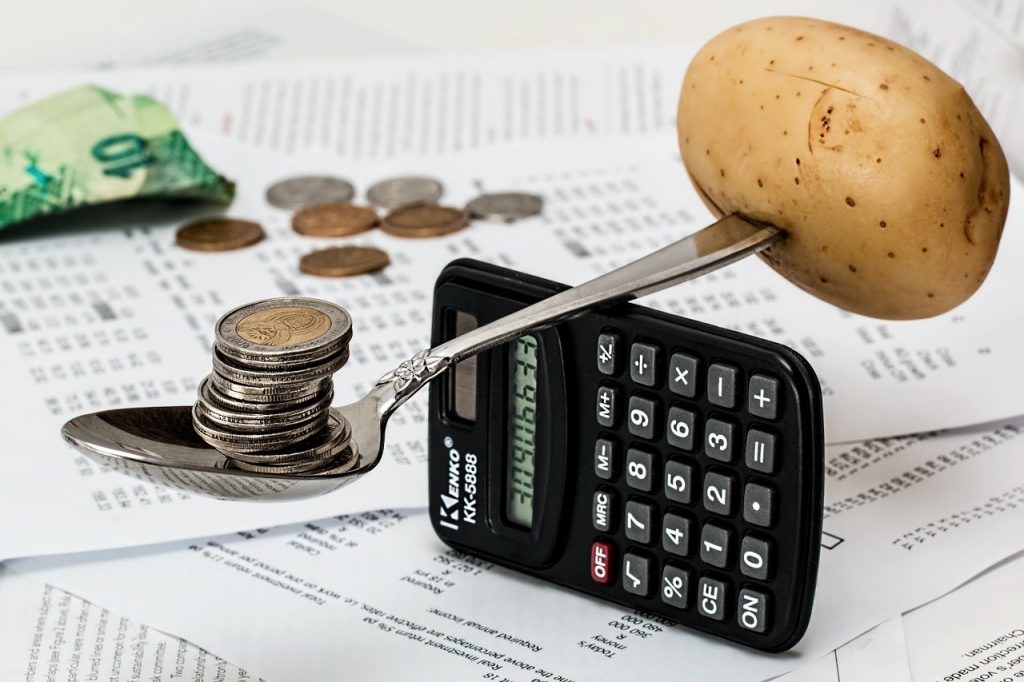All opinions are mine and mine alone.
Is Your Budget Broken? Here are Two Problems and Their Solutions
You promised to stick to a budget and save more money. But then things happen — you wear a hole in your work shoes, you get sick and need antibiotics, or your car blows a tire unexpectedly. Maybe you spot an irresistible deal on sunglasses or splurge on several takeout meals.

Overspending is at the heart of a spending plan that’s gone off track, but it’s not the only symptom of a broken budget. Here are two signs your budget needs help and the ways you can get back on course.
Problem # 1: You’re Borrowing Money Often
An installment loan is an excellent financial tool, in moderation! It’s a safety net to catch you when your savings fall short of what you need in exceptional emergencies.
What does this mean? The lending specialists at MoneyKey suggest using installment loans for unexpected bills like auto repairs or medical costs. If you visit www.MoneyKey.com, you’ll see that installment loans aren’t designed to help with recurring issues or fixed expenses. They’re one-off stopgaps when an unexpected expense blindsides your budget.
Solution: Investigate Your True Costs Thoroughly
Are surprise expenses truly unexpected, or did you just overlook the true cost of something already in your budget?
Take auto repairs as an example. AAA recommends setting aside nearly $50 each month just so you can cover unexpected issues that crop up between scheduled maintenance. This is on top of planned tune–ups, insurance, and gas.
Take the time to research a healthy “what-if” cushion for other problem areas in your budget. Tweak how much cash you set aside for each of these expenses, so you’re better prepared.
Problem #2: You’re Extreme Budgeting
Extreme budgeting puts your spending on a severe cash diet, restricting how much money you spend on all your expenses — not just the unnecessary fun splurges. It picks off all spending without prejudice until you’re left with an incredibly lean list of expenses. To achieve it, you must cut back on how much you spend on groceries, utilities, and transportation costs as well as things usually overlooked by most budgets, including rent and insurance.
Extreme budgeting promises big cash rewards, but only if you can stomach it. For most people, it’s too hard to follow long-term, and it eventually leads to burnout. The result? You end up spending without a plan.
Solution: Remember to Find Balance in Your Spending
The best budget is a well-balanced spending plan. It doesn’t allow for reckless spending any more than it suggests changing your lifestyle so you can save every last cent of your paycheck. It creates a happy medium between these two goals.
Consider the 50-20-30 Budgeting Method the next time you tally your spending plan. Under this rule, you use 50 percent of your net income on the essentials, 20 percent on savings, and a whopping 30 percent on discretionary spending. You may need to tweak the ratio to fit your expenses, but remember, as long as you’re covering your needs, your wants deserve to take a healthy portion, too.
Your Budget Needs a Holistic Review
Sure, overspending is usually the culprit for problems with your budget, but as you’ve learned here today, it isn’t the only reason why your spending plan isn’t working. There’s no one-size-fits-all approach to this financial tool, so take the time to create a unique solution that fits your needs.



Speak Your Mind